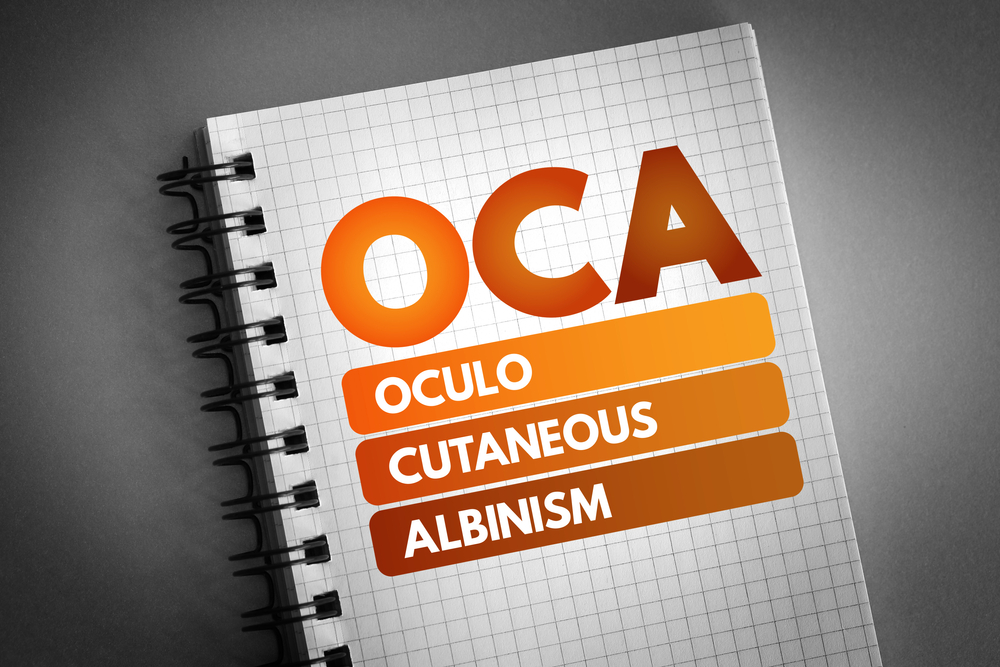Oculocutaneous albinism is a condition that affects the body’s production of melanin. People with this condition produce little to no melanin or pigment, which results in very light hair or very fair skin.
Aside from the hair and skin, this condition also affects the pigment of the eyes. Also, since melanin plays a vital role in the optic nerves’ development, those with oculocutaneous albinism also have vision problems.
In addition, people with albinism are prone to skin cancer due to their sensitivity to the sun. Moreover, this condition still has no cure, but there are certain self-care procedures that can be done to protect their eyes and skin.


